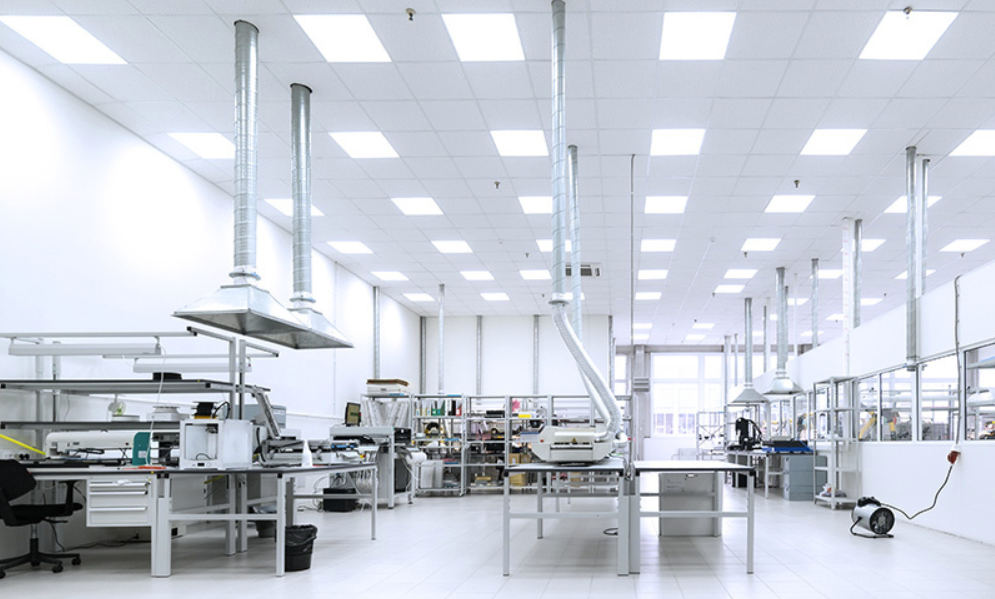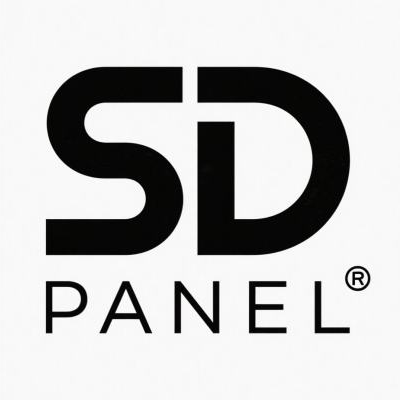Type and Characteristic of Flame-retardant Clean room Panel

Cleanrooms are the heart of highly controlled environments in pharmaceutical, biotechnology, microelectronics, and healthcare industries. Fire protection is paramount because they integrate complex electrical systems, contain flammable chemicals, and house high-value assets and research. As a key component of walls and ceilings, specialized flame-retardant clean room panel is highly valued by owners and designers.
Flame-retardant clean room panel is not just a single product, but an advanced building component. There are different types of flame-retardant cleanroom panels, and different types of flame-retardant cleanroom panels have different performances.
Type of flame-retardant clean room panel
Clean room panel with flame retardant function mainly include rock wool clean room panel, aluminum honeycomb panel, glass magnesium clean room panel.
Rock wool clean room panel
Rock wool clean room panel is widely considered the gold standard for fire safety. Their core is made of filaments spun from molten rock or slag. This material is inherently non-flammable, with a melting point well above 1,000°C. Rock wool clean room panel achieve Class A fire protection.
Properties: They offer excellent fire resistance, often achieving the highest possible rating (e.g., Class A1, meaning non-flammable, according to EN 13501-1). They also provide excellent thermal and acoustic insulation. Mineral wool is hydrophobic, meaning it repels water, preventing moisture from accumulating inside the panels, potentially leading to microbial growth or structural damage.
Applications: They are suitable for high-risk areas such as pharmaceutical processing plants, chemical storage cleanrooms, and any facility requiring the highest fire protection integrity.
Aluminum Honeycomb panel
Aluminum honeycomb panel is constructed with a core material consisting of hexagonal aluminum honeycombs or aluminum honeycomb combined with glass-magnesium panels. Double-sided panels are available in color-coated, galvanized, stainless steel, or thin aluminum sheets.
Features: Their primary advantage lies in their exceptional strength-to-weight ratio, making clean room panel exceptionally strong and lightweight. While aluminum itself has a low melting point (approximately 660°C), the honeycomb core is typically filled with an inert flame-retardant gel or used with an intumescent system that expands upon heating, forming a protective char layer. They are inherently non-organic and do not harbor mold.
Applications: They are ideal for cleanrooms where structural integrity and lightweighting are critical, such as in high-ceiling or modular structures. Their sleek, seamless appearance also offers advantages in ultra-high-end environments.
Glass magnesium clean room panel
Glass magnesium clean room panel is a kind of normal ceiling panel and wall panel in clean room industry and it has great strength and long service life. It’s made of powder coated steel surface sheet, surrounded galvanized steel keel and infilled hollow glass magnesium core material.
Characteristics: Glass magnesium board inherently exhibits excellent fire resistance, typically achieving the highest possible fire rating (e.g., Class A1 (non-flammable) according to EN 13501-1). Its unique, uniform pore structure also provides excellent sound insulation. Glass magnesium cleanroom board is highly resistant to mildew, moisture, and impact, and offers exceptional durability. Its naturally smooth surface makes it an ideal choice for cleanroom-grade coatings.
Application: Glass magnesium clean room panel has versatile options and is suitable for various clean room grades, especially in humid climates or application environments where moisture resistance and indoor air quality are primary considerations, especially for clean room ceilings and wall panels.
Conclusion
Choosing the right flame-retardant clean room panel is a complex decision that requires balancing fire safety with cleanliness requirements, structural demands, and environmental control. By understanding these types and their key characteristics, engineers, facility managers, and designers can make informed choices and build a safe, compliant, and efficient environment that incorporates innovation and safety into every wall.
